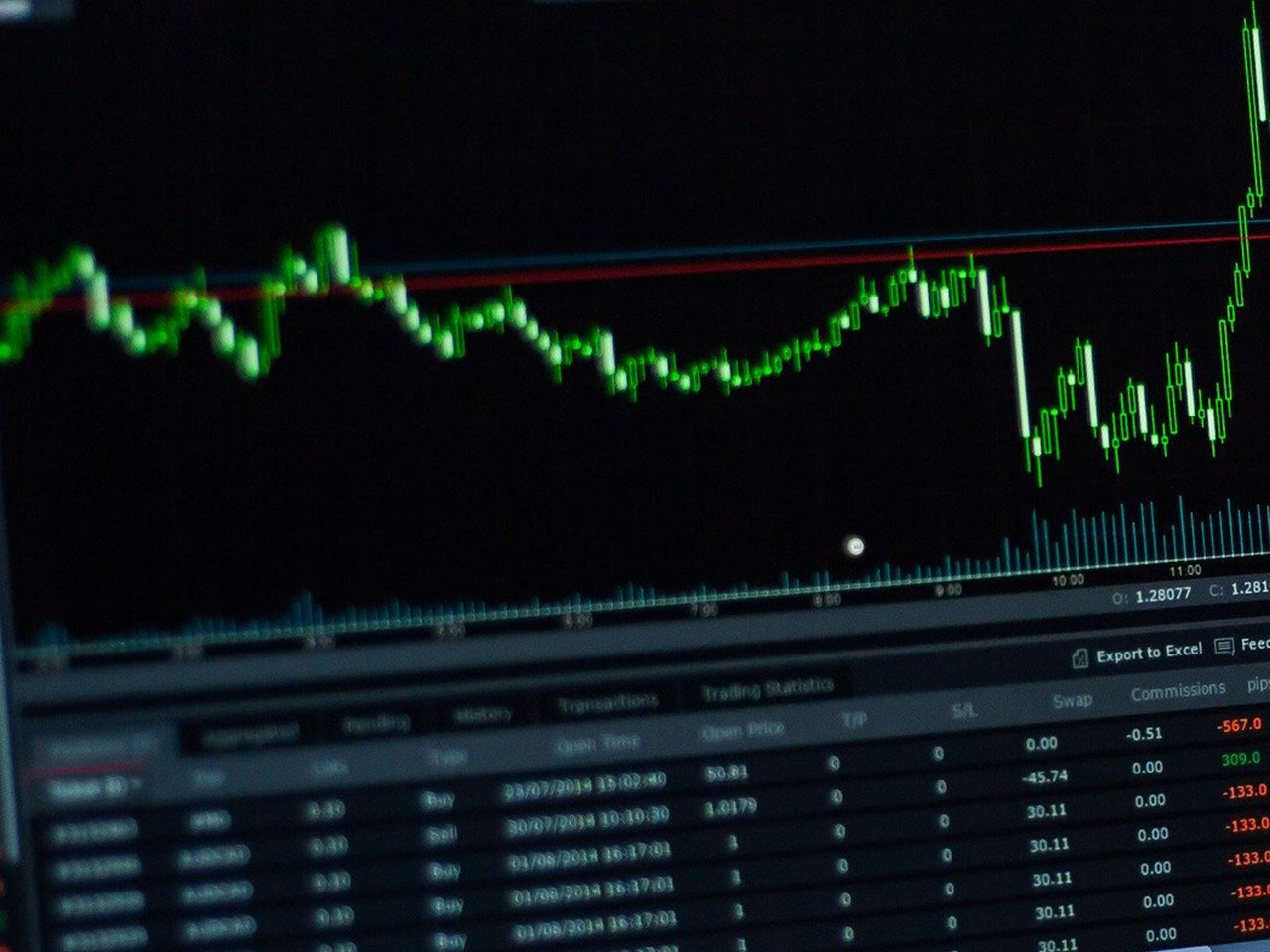For investors with an eye on global banking opportunities, Standard Chartered PLC (LSE: STAN.L) presents an intriguing case. Operating from its London headquarters, the bank extends its financial services reach across Asia, Africa, the Middle East, Europe, and the Americas. With a robust market capitalisation of $27.92 billion, Standard Chartered plays a strategic role within the diversified banks industry, offering a wide array of products from retail banking to sophisticated financial markets solutions.
As of the latest trading data, Standard Chartered’s stock is priced at 1207 GBp, showing a marginal decline of 0.01%. This places it comfortably within its 52-week range of 686.80 to 1,269.00 GBp, illustrating a period of relative stability despite global economic challenges. However, the stock’s performance is nuanced, with a potential downside of -1.58% against the average analyst target price of 1,187.96 GBp. This suggests that while the stock is currently trading near the upper end of its range, analysts remain cautiously optimistic.
Valuation metrics paint an interesting picture. The absence of a trailing P/E ratio and a staggeringly high forward P/E of 549.89 indicate that investors might be expecting significant earnings growth, albeit the current metrics do not provide a clear justification. The bank’s return on equity stands at a respectable 8.21%, reflecting efficient use of equity capital, albeit with caution warranted around other missing financial metrics like net income and free cash flow.
Revenue growth of 4.20% signals steady expansion, a positive indicator for investors seeking stability in the financial sector. Coupled with an EPS of 1.08, the bank is maintaining its profitability, which supports its dividend yield of 2.31%. With a payout ratio of 25.10%, Standard Chartered is ensuring that it returns value to shareholders while retaining enough earnings to reinvest in growth opportunities.
The analyst community remains divided on the stock’s prospects, with a mix of 5 buy, 7 hold, and 2 sell ratings. This variety of opinions underscores the complexity and the global nature of Standard Chartered’s operations, which can be both a strength and a point of concern depending on geopolitical and economic conditions.
From a technical perspective, Standard Chartered is currently above its 50-day moving average of 1,147.76 GBp and its 200-day moving average of 1,041.63 GBp, suggesting a bullish short-term trend. The Relative Strength Index (RSI) of 54.05 falls in the neutral range, indicating no immediate overbought or oversold conditions. Meanwhile, the MACD of 16.87, with a signal line at 15.45, suggests a positive momentum that could appeal to trend-following investors.
Standard Chartered’s strategic focus on emerging markets, combined with its diversified product offerings, positions it well to harness global growth opportunities. However, potential investors should weigh these prospects against the backdrop of economic volatility and regulatory challenges inherent in global banking.
Investors considering Standard Chartered should remain vigilant, keeping an eye on its earnings performance and geopolitical developments that could impact its extensive international operations. This stock embodies both the challenges and opportunities inherent in global financial markets, demanding informed and strategic investment decisions.










































